Let’s dive into the Big 8—and why they matter.
If you’re looking to grow as an artist or rediscover inspiration, knowing the best subjects for art creation can help you develop your skills, voice, and vision. These eight timeless categories offer a structured yet diverse path to creative exploration. Whether you’re building a cohesive portfolio, experimenting in your sketchbook, or simply seeking to break a rut, these subject types form the foundation of nearly every expressive visual language.
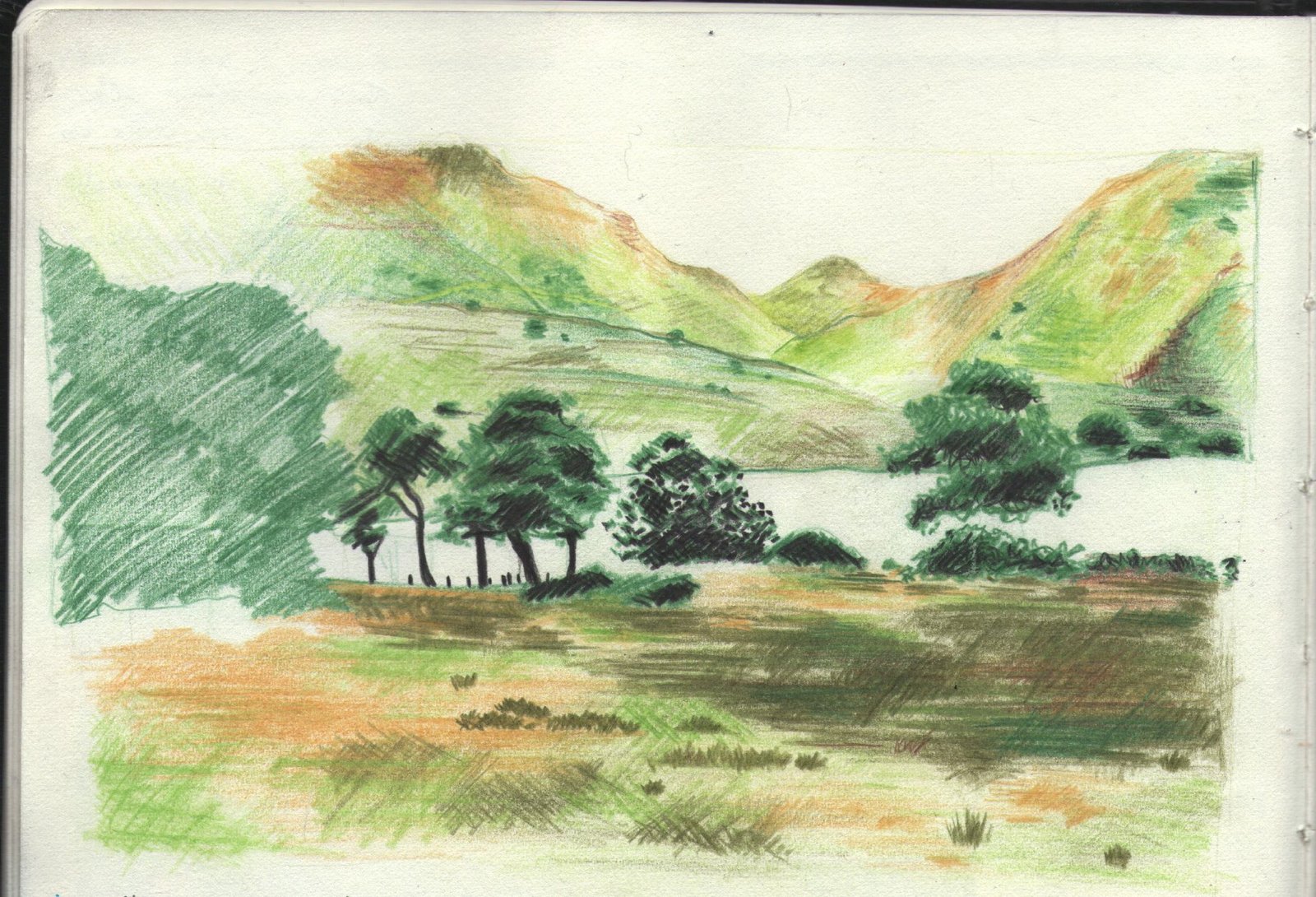
credit: aeritchie
Nature & Botany
Organic Inspiration Through Pattern and Detail
Few subjects are as visually generous as nature. From skeletal leaf veins to towering oaks, botanical elements offer form, repetition, and subtle asymmetry. They’re ideal for mastering:
- Fine detail and line quality
- Compositional flow through rhythm and branching forms
- Light interaction on organic surfaces
Nature-based subjects are perfect for watercolor, ink drawing, or digital pattern design. Try zooming into microscopic plant life or layering natural textures for abstraction.
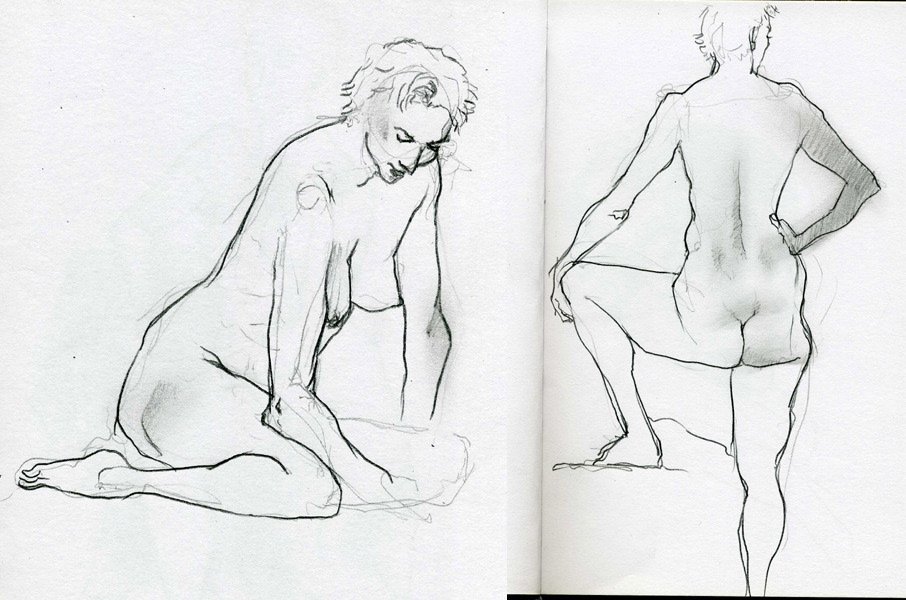
credit: okirun
The Human Form
Gesture, Identity, and Movement in Art
The human body is endlessly expressive—through posture, contour, and emotion. From portraiture to figure drawing, this subject teaches:
- Proportional accuracy
- Emotion through gesture and facial expression
- Anatomy, structure, and stylization
Hands and faces alone can build compelling narratives. Whether you’re sketching quick poses or sculpting muscular forms, the human figure never stops teaching.
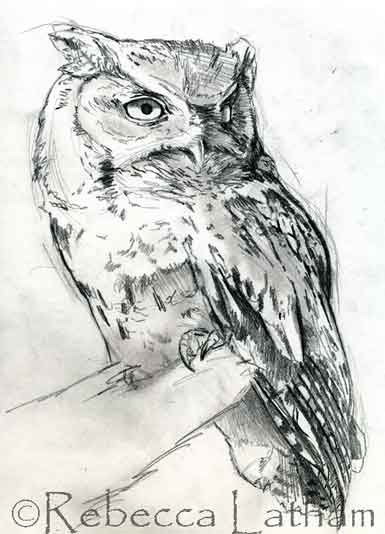
credit: rebeccalatham
Animals & Creatures
Real or Imagined, They’re Perfect for Playful Precision
Animals invite you to loosen up and stay curious. You can study anatomical realism or create fantastical hybrids inspired by real-world traits.
Learn through:
- Texture rendering—fur, scales, feathers
- Motion studies—leaps, flight, or stalking gaits
- Creature design—imaginative evolution of form
Whether you’re drawing your pet or inventing a mythical beast, animals teach flow, structure, and energy.

credit: abz
Everyday Objects
Turning the Ordinary into the Beautiful
Still lifes aren’t just classic—they’re challenging and deeply rewarding. Commonplace items like scissors, books, or mugs help hone:
- Perspective and spatial reasoning
- Material textures like glass, wood, or metal
- Narrative—objects grouped together suggest character or setting
The beauty of object studies is how they invite reflection and elevate the mundane.
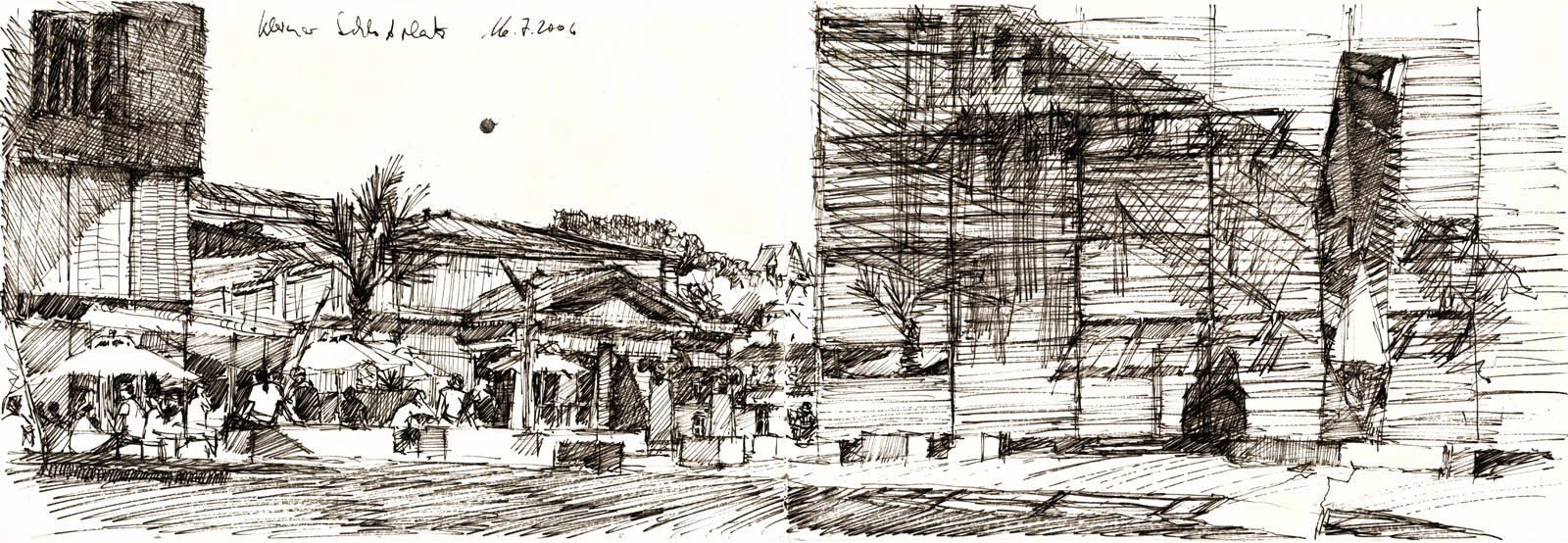
credit: meditionh
Architecture & Interiors
Mood Through Structure and Space
Whether it’s a dramatic cityscape or a quiet corner of a room, architectural studies enhance your ability to balance control with atmosphere. Explore:
- Perspective systems—1-point, 2-point, or aerial
- Design rhythms—window patterns, tiling, archways
- Interior storytelling—cozy clutter, lighting, furniture staging
This subject combines structure, emotion, and intentional design—perfect for artists interested in storytelling through space.
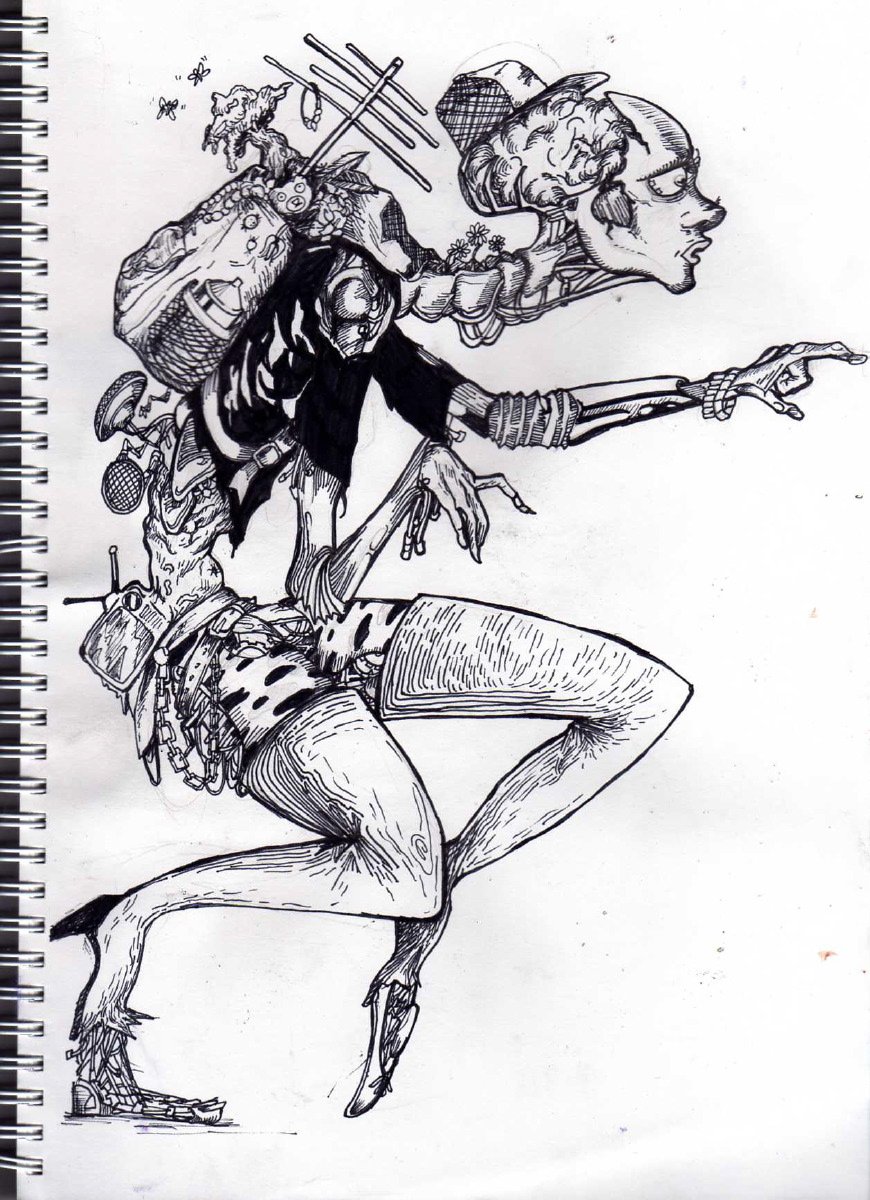
credit: marie_les
Fantasy & Symbolism
Unlocking Deep Narratives and Visual Language
From mythical creatures to dreamlike environments, fantasy opens space for meaning beyond literal representation. With symbolic art, explore:
- Archetypes and allegory
- Personal or cultural motifs
- Surrealism and abstract expression
This subject category is especially powerful for artists who blend the real with the imagined or work with layered narrative themes.
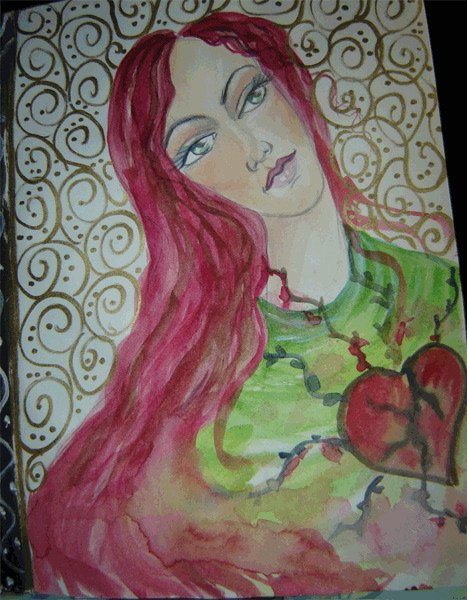
credit: malvi
Emotions & Abstract Concepts
Drawing What You Can’t See, But Always Feel
This subject dares you to depict the intangible. Use shapes, movement, color, or composition to express:
- Emotions like hope, grief, or joy
- Ideas like resilience, decay, or growth
- Internal states—dreams, memories, or energy
There are no visual rules here—just honesty and intuition. Abstract concepts develop your visual language and make space for healing and reflection.
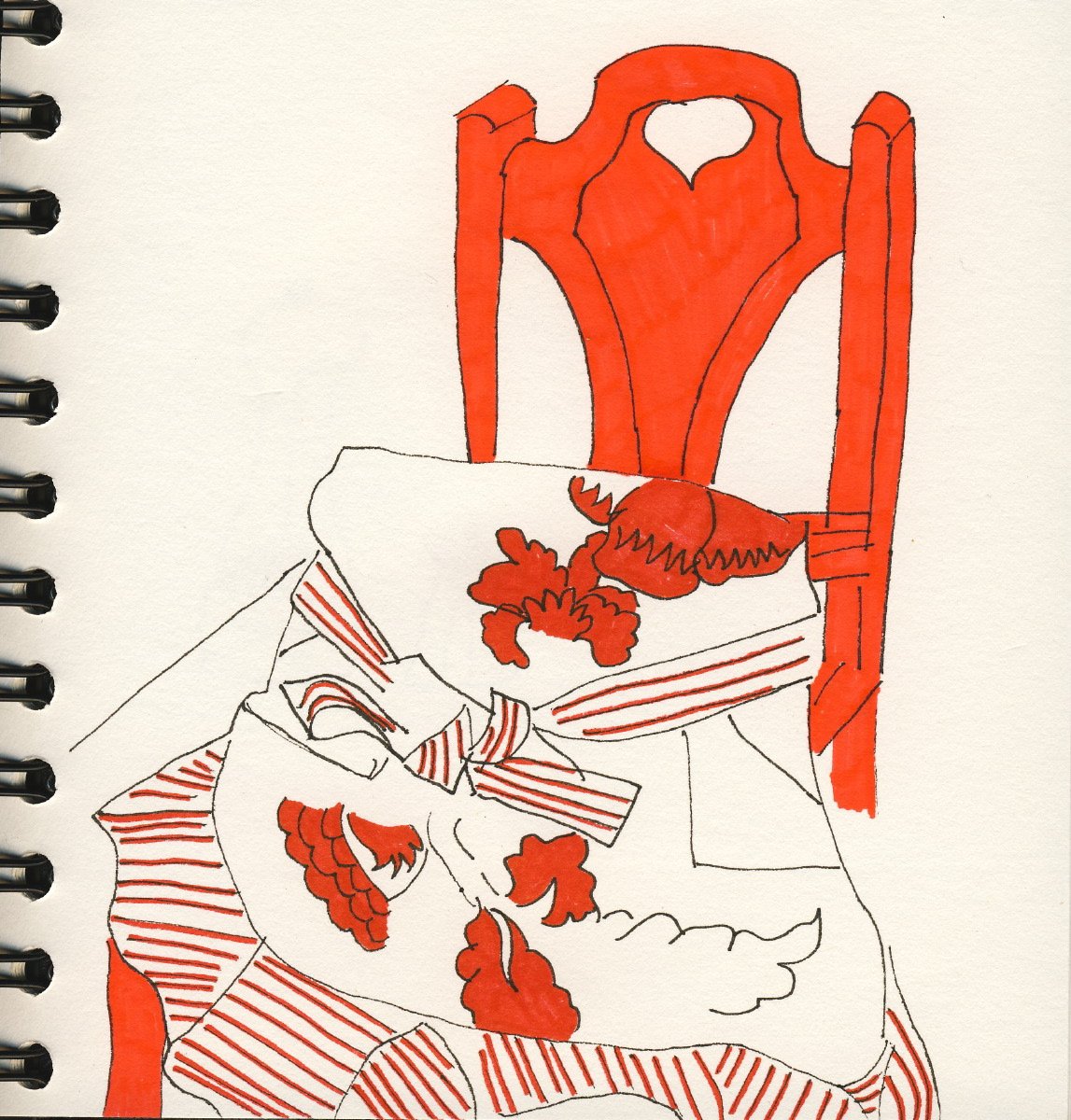
credit: felicity
Food & Still Life
Color, Form, and Light Served Up Fresh
A plate of fruit, a loaf of bread, or a steaming mug are excellent studies in texture, light, and storytelling. These compositions allow you to:
- Practice color theory and hue variation
- Explore materiality—ceramic, produce, reflective surfaces
- Create mood—from cozy warmth to cool minimalism
Food subjects are especially compelling in watercolor, gouache, or colored pencil.
Frequently Asked Questions
What’s the best subject for beginner artists?
Start with still life or nature—they build foundational observation and composition skills.
Do I need to master every subject type?
Not at all—exploring each helps you grow, but specializing can define your voice.
Can I mix multiple subjects in one piece?
Absolutely—hybrid work often leads to deeper narratives and stronger compositions.
How do I know which subjects suit my style?
Try short studies across all eight; your sketchbook will show you what resonates.
What subjects are best for emotional expression?
Abstract concepts, the human figure, and fantasy often lend themselves to deep emotion.
Are architecture and interiors too technical for beginners?
Start simple—basic perspective grids can quickly boost your confidence.
Can these subjects help with creative block?
Yes—switching focus or blending topics is a great way to spark new ideas.

Sketchbooks.org | SKETCHBOOK KINDS
Why Sketchbooks for Designers & Commercial Artists | Are Essential
Why Sketchbooks Matter to Designers and Illustrators Sketchbooks for Designers & Commercial Artists have been integral to the lives of designers for centuries. They serve not only as tools for honing skills but also as...
Final Thoughts
Exploring the big 8 subjects for art creation isn’t about ticking boxes—it’s about discovering range, depth, and confidence in your creative practice. Each subject opens different technical doors and emotional pathways. Over time, your unique combinations, preferences, and interpretations will shape a style all your own.
Let your sketchbook be a map, not a destination. Curiosity and consistency will lead the way. Dive into these subjects, revisit them often, and trust that your visual voice will grow clearer with every page.
Ready to Share Your Work?



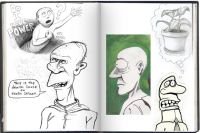

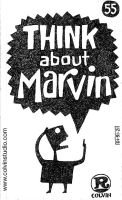
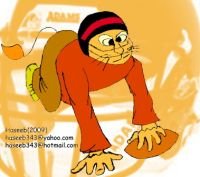
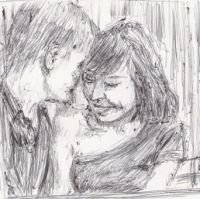


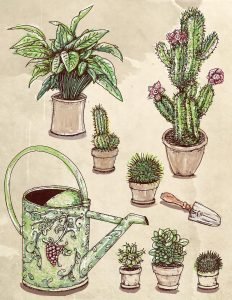
I didn’t realize how many of my best works fall into these core subjects.
Such a great reminder that what we choose to draw is communication